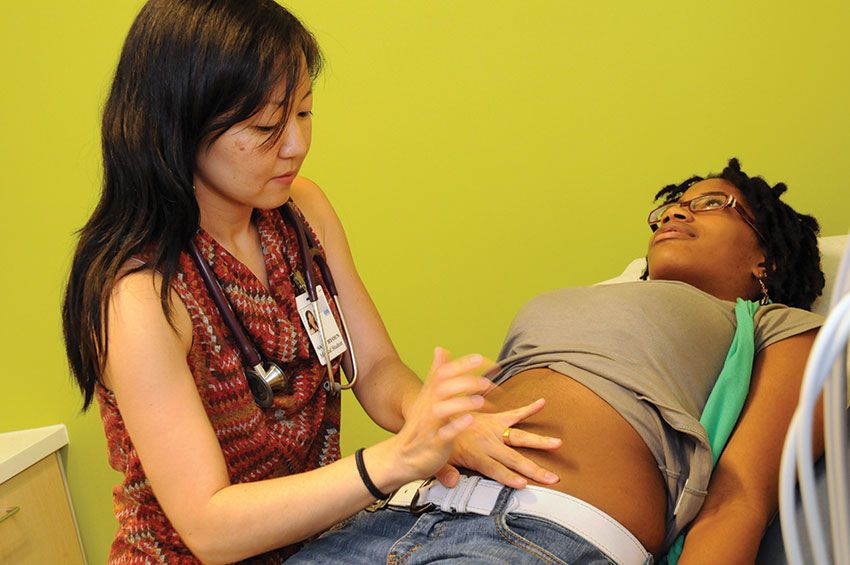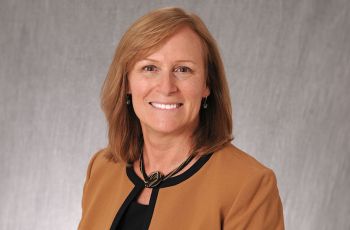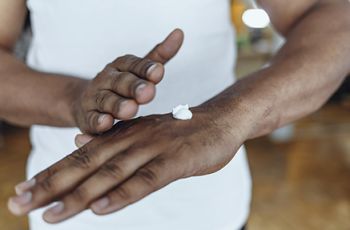
Change can be a good thing, especially at the George Washington University student-run Healthcare, Education, and Active Living Clinic (HEALing Clinic), where new plans are being put in place that promise more than just healing. The clinic is in the process of launching new initiatives, expanding current programs, and establishing new goals aimed at providing better health care for underserved populations in the Shaw and Anacostia neighborhoods of Washington, D.C.
Founded in 2006, the HEALing Clinic, which offers primary and preventive care, health education, and counseling, regardless of insurance status or ability to pay, is on a constant quest to find innovate ways to expand and recruit new patients. “We are really trying to grow as a clinic and part of that is establishing our name in the community,” said John Barakat, co-director of the HEALing Clinic and a second-year medical student at GW’s School of Medicine and Health Sciences (SMHS). Last year, 220 students and 18 attending physicians volunteered, treating more than 312 patients suffering from chronic diseases like diabetes, hypertension, and HIV. The clinic’s other co-director, Adam Morcom, a second-year medical student at SMHS, adds that the clinic treats roughly 10 patients a week between the clinic’s two locations. The first site opened its door in 2007. It’s located in Northwest, D.C. at Bread for the City, a non-profit organization that provides food, clothing, medical care, and legal and social services for underserved populations. The second site opened three years later in Southeast, D.C., at Family and Medical Counseling Service (FMCS), a non-profit, community-based organization that offers health care and social services.
There are a lot of new things happening at the HEALing Clinic. One of the most exciting is the integration of experienced third-year medical students who will now have the option to volunteer as part of their primary care clinical rotation. These students will work as senior volunteers, overseeing first- and second-year medical students in the interview, physical exam, and diagnosis of the clinic’s patients. Previously, only second-year or fourth-year medical students who chose the HEALing Clinic as an elective rotation could be senior volunteers, making it one of the clinic’s limiting factors. Adding third-year medical students will give the clinic the opportunity to see even more patients. The HEALing Clinic is also looking to expand its Specialty Night program. On the first Tuesday of every month, specialists come to the clinic to treat patients who are scheduled to see them for a specific reason. Currently, James Katz, M.D., Director of the Division of Rheumatology and professor of Medicine at GW Medical Faculty Associates; and Mikhail Kogan, M.D., assistant professor of Medicine at GW Medical Faculty Associates participate in the program. “We want to better our Specialty Night program by recruiting more and more physicians. Our goal this year is to have four specialists practicing at the clinic,” said Barakat.
In an effort to garner more support, the clinic is focused on conducting more community outreach, especially at the FMCS site. In the works are plans to hold blood pressure workshops, where patients can have their blood pressure taken for free and learn more about how their blood pressure affects their health. “Blood pressure checks are an important indicator of one’s health and may be a window by which we can begin managing a person’s health in our clinic,” said Barakat. And the changes don’t stop there; the HEALing Clinic is currently in the process of transitioning the FMCS site from operating on Tuesday nights from 5 - 8 p.m., to Saturday mornings from 9 a.m. – noon to offer more convenient hours for patients.
Aside from expanding their current menu of programs, the HEALing Clinic, which relies on fundraising to function, is brainstorming new ways to raise money and foster community engagement. The clinic’s annual budget of $47,000 is funded almost entirely by student fundraising. Each location costs $450 a week to operate, and both sites are open for 44 weeks a year. “Moving forward we want to develop long-term, sustainable fundraising events, that can be repeated annually,” said Utsha Khatri, director of fundraising for the HEALing Clinic and a second-year medical student at SMHS. This fall, the HEALing Clinic will organize their first-ever 5K walk/run called “Heel to HEAL.” Walkers and runners participating in the October 13 event will be asked to wear at least one healing-related item such as a scrub top or old-fashioned parabolic mirror headband, prizes will be awarded for the best props. The course starts at the C&O Canal Towpath located at Canal and 33rd Street and continues along the Georgetown Waterfront. The event’s $25 registration fee goes directly to supporting the clinic’s efforts. “The clinic is only as viable as its most recent fundraising effort. Our hope is that this race becomes an annual event, one that is well-received and well-respected by the GW community,” said Morcom. The clinic is also encouraging participants to set individual fundraising goals of $100 by asking their friends and family to donate.
The annual charity auction, held in the spring, has historically been the clinic’s major source of revenue. The event, which is open to the public, raises money by auctioning off items such as clothing, jewelry, and electronics. The items are donated by students, faculty, local businesses, and members of the GW Community. “The auction is a great way to get the GW community together, while raising money and awareness for the clinic,” said Khatri. The auction venue has varied from year-to-year but is generally held on GW’s campus. The charity auction funds the clinics’ medical and lab supplies, program supplies, and facility costs. Khatri is also in the process of recruiting local businesses, individuals, and alumni to sponsor the clinic for one night. The HEALing Clinic would then recognize the donation with free advertising at the clinic and on the clinic’s website.
As the HEALing Clinic prepares to roll out new plans and programs, it continues to focus on what’s really important, “Spreading the word about the clinic and letting the community know that we are here to help,” said Morcom.
Don't forget to register for the HEALing Clinic's 5K run/walk on October 13. All proceeds go directly to the HEALing clinic to guarantee it will be around for years to come. Participants are encouraged to wear “HEALing” gear, such as scrubs, gloves, a stethoscope and the best-dressed will walk away with a prize.


